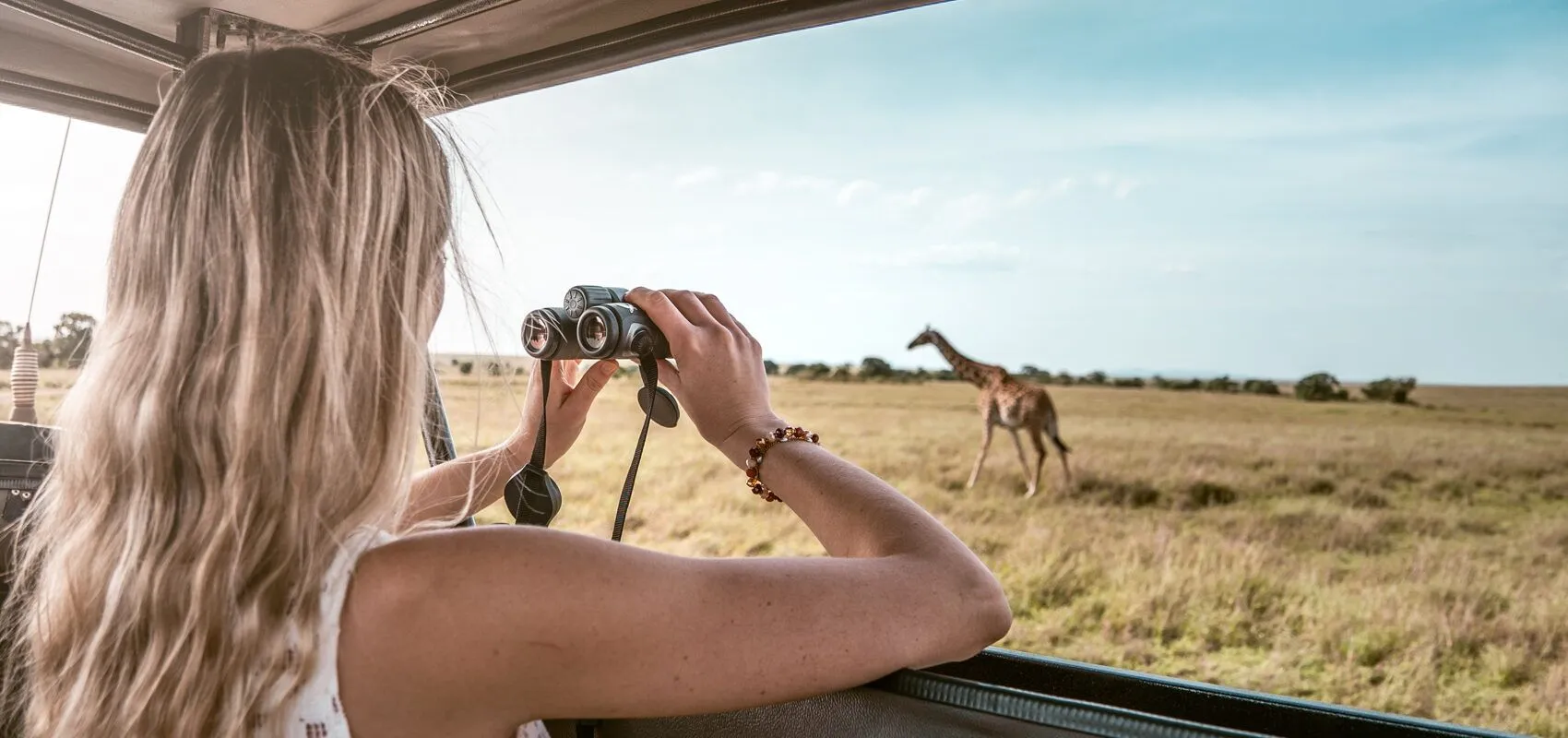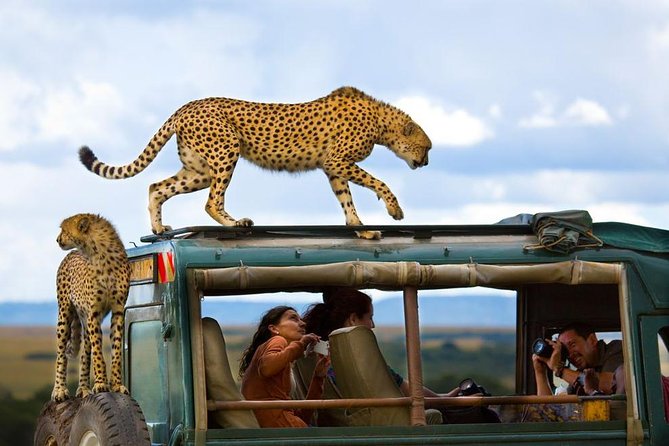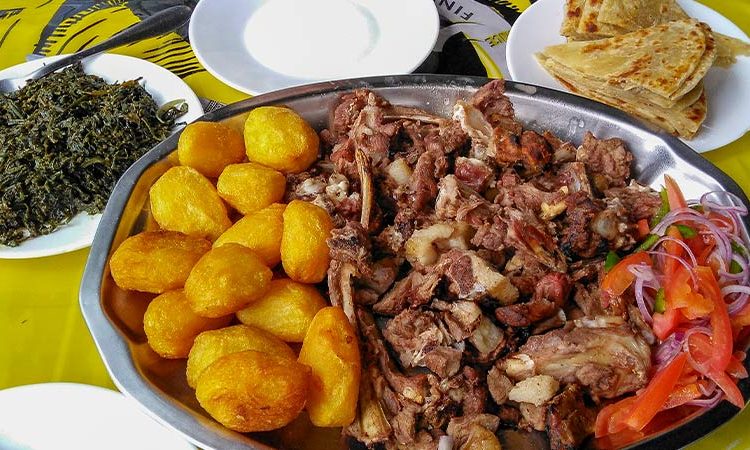- GET IN TOUCH WITH US:
- +256 753518160
- +256 777842166
- info@experiyatourcompany.com

How long does the Great Migration last?
November 17, 2025
How do I reach Maasai Mara from Nairobi?
November 17, 2025What’s the Best Time to Visit Maasai Mara?
The Maasai Mara is one of Africa’s most iconic safari destinations, a place where golden plains stretch endlessly toward the horizon, where lions prowl through the tall grass, and where dramatic wildlife encounters unfold every single day. With its rich wildlife, breathtaking scenery, and deep cultural heritage, the Maasai Mara is a dream destination for travelers from around the world. But one question often arises when planning a safari here: what is the best time to visit the Maasai Mara?
Because the Maasai Mara offers exceptional wildlife viewing all year, the “best time” depends on what you hope to experience. Whether the dramatic spectacle of the Great Migration, the peaceful beauty of the green season, or the exclusivity of quieter months, every season brings its own magic. Understanding these seasonal differences will help you choose the perfect time for your safari adventure.
The Great Migration: Peak Season from July to October
For many travelers, the best time to visit the Maasai Mara is during the Great Migration, which typically occurs from July to October. This period is when more than 1.5 million wildebeest, along with hundreds of thousands of zebras and gazelles, move into the Mara from the Serengeti in Tanzania. Their arrival transforms the landscape into one of the most spectacular wildlife scenes on Earth.
The highlight of the Great Migration is the iconic Mara River crossings. Thousands of wildebeest gather at the riverbanks, hesitating as crocodiles lurk in the depths. When one finally jumps, the entire herd surges into the water in a breathtaking display of instinct, danger, and determination. These river crossings offer some of the most dramatic wildlife moments in Africa, and they’re a major reason people consider July through October the prime months to visit the Maasai Mara.
During this peak season, predator activity is extraordinarily high. Lions, cheetahs, hyenas, and leopards seize the opportunity to hunt among the vast herds, making game drives incredibly rewarding.
July: The Arrival of the Herds
July marks the first major arrival of the Great Migration in Kenya. The plains begin to fill with wildlife as the herds move north from the Serengeti. This is a month of rising anticipation, with early river crossings often occurring at places like the Mara River and Sand River.
The weather in July is cool and dry, creating excellent conditions for game drives. Visibility is high because the grass is relatively short, and temperatures are comfortable, ranging from cool mornings to warm afternoons.
August and September: The Best Months for River Crossings
August and September are widely regarded as the prime months for witnessing the Great Migration in full force. The bulk of the herds are now in the Mara, and river crossings happen regularly during this period. The plains are alive with movement, dust, predator activity, and dramatic wildlife interactions.
August in particular is the busiest month in terms of migration activity. River crossings can occur multiple times a week—or even multiple times a day—depending on the movement of the herds. The weather remains dry, making it a perfect time for photography and long days in the field.
September is equally rewarding but slightly quieter in terms of tourist numbers. With the migration still fully active, travelers benefit from outstanding wildlife viewing without the peak-season crowds of August.
October: The Last of the Migration Drama
October marks the tail end of the migration in Kenya. Many herds begin drifting back toward the Serengeti as rains signal the start of new grass growth in the south. However, significant numbers of wildebeest remain in the Mara through much of the month. River crossings may still occur, though less frequently than in August and September.
October is an excellent month for travelers who want a balance of great wildlife viewing and fewer vehicles around sightings. The dry season continues, and the landscape remains open and easy to navigate.
The Green Season: November to December
While the Great Migration attracts global attention, the months of November and December have their own quiet charm. These periods mark the short rains, which bring fresh green growth to the plains. The landscape transforms into lush meadows, and newborn animals begin appearing across the reserve.
The crowds thin out significantly compared to the migration season, making November and December ideal for travelers seeking a peaceful safari with fewer vehicles. While river crossings are gone, wildlife remains abundant, and predators become particularly active as they take advantage of the many young and inexperienced animals.
The rain typically arrives in short bursts, often in the late afternoon or evening, leaving mornings and midday sunny and perfect for game drives.
January to February: Calving Season and Predator Action
January and February are part of the warm, dry season in the Maasai Mara region. Although the Great Migration herds are mostly in Tanzania during this time, the Mara itself remains vibrant with wildlife.
These months are excellent for spotting big cats. Lions bask lazily in the sun, cheetahs hunt across the open plains, and leopards relax in the shade of acacia trees. With shorter grass and clearer skies, wildlife viewing is exceptional.
The landscape is green but not overly lush, and visibility is superb. Travelers visiting in January and February enjoy peaceful lodges, lower rates, and intimate safari experiences with fewer crowds.
March to May: The Long Rains and the Quietest Season
March, April, and May mark the long rains in Kenya. This is typically the quietest time to visit the Maasai Mara, as the rains become heavier and more frequent. The landscape turns vibrant green, rivers swell, and dramatic storms roll across the plains.
Although travel during the long rains requires a flexible mindset, this period offers a sense of solitude and an untouched wilderness feel that few other times can match. Photographers love this season for its moody skies, brilliant colors, and dramatic light after storms.
Wildlife remains in abundance, as the Mara is a resident ecosystem with animals present year-round. Big cats are still spotted regularly, and the birdlife becomes phenomenal as migratory species arrive in large numbers.
So, What Is the Best Time to Visit the Maasai Mara?
The best time depends entirely on what you want to experience:
For the Great Migration and river crossings, July to October is the best time.
For fewer crowds, beautiful green landscapes, and excellent predator sightings, January to February and November to December are ideal.
For photographers seeking dramatic skies and vibrant colors, March to May offers a unique and rewarding safari experience.
Because the Maasai Mara is a year-round wildlife destination, there is no wrong time to visit. Every month provides something special—whether it’s dramatic migration action, peaceful green season beauty, or the sense of being alone with nature during the rains.
Essential Tips for Choosing the Right Time
Booking early is crucial for travel between July and October, as lodges fill up quickly.
If you prefer a less crowded safari, consider traveling just before or just after the migration months.
The green season offers the best value for budget-conscious travelers without sacrificing wildlife quality.
Weather patterns influence animal movements, so flexibility is helpful when planning migration-focused trips.
Book Your Maasai Mara Safari with Experiya Tour Company
The Maasai Mara is a destination that captivates the soul no matter when you visit. Whether your dream is to witness the thunderous river crossings of the Great Migration or to enjoy peaceful moments surrounded by wildlife in quieter seasons, your experience depends greatly on expert planning and precise timing.
Experiya Tour Company brings unmatched local knowledge, personalized itineraries, professional guides, and well-selected accommodations to ensure that your Maasai Mara safari exceeds every expectation. Their experience in tracking the migration, understanding seasonal changes, and designing seamless safari adventures makes them the ideal partner for your journey.
To make your Maasai Mara safari truly unforgettable, book your trip with Experiya Tour Company and discover the magic of Kenya’s most iconic wilderness.




